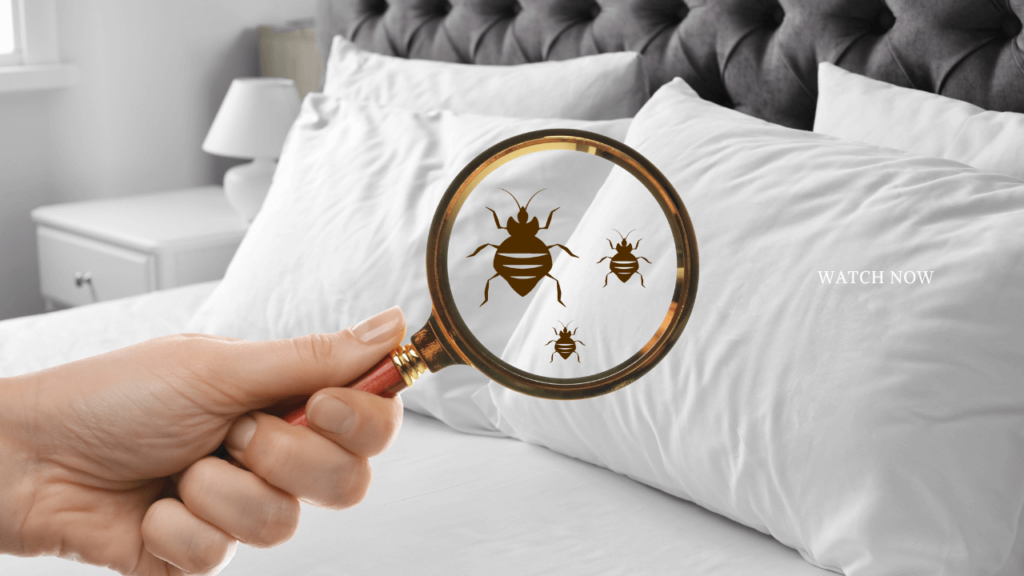Having bats in your attic can be a tricky situation. While bats are vital for the environment—helping to control insect populations and playing a role in pollination—they can be a nuisance if they take up residence in your home. In Ireland, dealing with bats requires special care due to legal protections. This guide will explain how to handle the issue in a safe, humane, and legal way.
Why Do Bats Come to Your Attic?
Bats often seek shelter in attics because:
- Warmth: Attics provide a warm, safe place to roost.
- Darkness: They prefer dark spaces where they feel protected.
- Quiet Environment: Attics are often undisturbed, especially at night when bats are most active.
Is It Legal to Remove Bats in Ireland?
In Ireland, bats are protected under the Wildlife Act 1976 and EU Habitats Directive. It is illegal to harm bats or disturb their roosts without a license. If you need to remove bats, you must:
- Contact the National Parks and Wildlife Service (NPWS) for advice.
- Obtain a license if intervention is necessary.
Signs You Have Bats in Your Attic
Here’s how to tell if bats are living in your attic:
- Droppings: Bat droppings look like small, dry pellets and are often found near entry points.
- Chirping Noises: Listen for high-pitched chirps or squeaks, especially at dusk.
- Sightings: You might see bats flying in and out of your attic at dusk or dawn.
- Odor: A strong, musty smell could indicate bat guano accumulation.
Steps to Safely Remove Bats
1. Confirm the Presence of Bats
Before taking action, make sure bats are indeed the cause of the issue.
- Inspect your attic for droppings and other signs.
- Watch for bat activity around your house at dusk.
2. Contact the NPWS
If you confirm bats are present:
- Call the National Parks and Wildlife Service.
- Ask for guidance and ensure compliance with Irish law.
3. Identify Entry Points
Bats enter your attic through small gaps or holes. Common entry points include:
- Cracks in walls or roof tiles.
- Chimneys.
- Ventilation gaps.
Humane Ways to Remove Bats
4. Use a One-Way Bat Exclusion Device
A one-way exclusion device allows bats to leave but prevents them from re-entering.
- Install the device over the entry points.
- Wait until all bats leave before sealing the entry.
5. Wait for the Right Season
Do not attempt to remove bats during:
- Maternity Season (May–August): Females give birth and care for their young.
- Removing bats during this time could harm baby bats, which cannot fly.
6. Seal Entry Points
After all bats have left:
- Use durable materials like caulk or metal mesh to seal gaps.
- Ensure no bats are trapped inside.
Preventing Bats from Returning
| Method | Details |
|---|---|
| Install Bat Boxes | Provide alternative roosting spots outside your home to encourage bats to relocate. |
| Repair Your Roof | Fix damaged tiles, gaps, or cracks to eliminate entry points. |
| Use Bat Repellents | Natural repellents like peppermint oil can deter bats. |
| Maintain Your Attic | Keep the space clean and inspect it regularly for signs of bat activity. |
What to Do If You Find a Bat Inside Your Home
If you find a bat inside your home, it’s essential to remain calm and handle the situation with care. Here’s a simple checklist to guide you through the process:
1. Stay Calm
- Description: Bats are harmless and typically avoid human contact. Don’t panic and remain still.
- Why: Bats are naturally shy creatures and won’t attack unless threatened.
2. Contain the Bat in One Room
- Action: Close all doors to other rooms and keep the bat in the area where it is.
- Why: This makes it easier for the bat to find its way out and prevents it from flying into other rooms or getting trapped.
3. Open Windows and Doors
- Action: Open windows or doors that lead outside.
- Why: Bats are nocturnal and may be attracted to the open light of a window. This will give the bat an easy escape route.
4. Turn Off Lights
- Action: Turn off all lights in the room and keep it dim.
- Why: Bats are attracted to darkness and may head toward an open window or door if it’s less bright.
5. Use a Container (Optional)
- Action: If the bat isn’t flying out, gently use a container (like a jar or small box) to catch it.
- Why: Trapping the bat in a container ensures you can safely release it outside without harm.
6. Release the Bat Outside
- Action: Take the container outside and gently tip it over to release the bat.
- Why: Releasing the bat outside in a safe area allows it to return to its natural environment.
7. Contact a Professional if Necessary
- Action: If you cannot safely handle the bat, or if it seems injured or sick, contact a local wildlife rescue or pest control service.
- Why: Professionals can safely remove the bat and ensure it receives proper care if needed.
By following this checklist, you can safely and calmly remove a bat from your home, ensuring both your safety and the bat’s well-being.
Common Myths About Bats
Let’s debunk some misconceptions:
- Bats Always Carry Diseases: While some bats can carry rabies, most are harmless and pose little risk to humans.
- They Attack People: Bats are shy and avoid humans. They may fly close but are unlikely to attack.
- You Can Kill Bats to Remove Them: Killing bats is illegal and harmful to the ecosystem.
Summary Checklist
Steps to Handle Bats in Your Attic:
- Confirm the presence of bats.
- Contact the NPWS.
- Identify entry points.
- Install a one-way exclusion device.
- Wait for the right season.
- Seal entry points.
- Take preventive measures to avoid future infestations.
FAQs
1. Can I remove bats myself?
Yes, but only if you follow Irish laws and use humane methods.
2. Are bats dangerous?
Bats are generally harmless but can carry diseases like rabies in rare cases.
3. Do I need a license to remove bats?
Yes, if you need to disturb their roosts. Contact the NPWS for assistance.
4. What should I do if I find a baby bat?
Contact a wildlife expert or the NPWS immediately.
By understanding Irish laws and following humane removal methods, you can safely and legally deal with bats in your attic. Remember, bats are an essential part of Ireland’s ecosystem, so treat them with care and respect.

Hi, I’m Tanvir, the founder and author of Explore Ireland Now. With a deep love for Ireland and its rich culture, history, and landscapes, I created this site to share everything that makes this beautiful country worth exploring. Whether you’re a local looking for hidden gems or a traveler planning your next adventure, I provide insightful guides, tips, and recommendations to help you experience Ireland to the fullest.
From stunning landscapes to vibrant cities and quaint villages, Ireland is full of wonders waiting to be discovered. Through my personal experiences and research, I aim to bring you the most up-to-date information and inspiration for your journey.
Thank you for visiting Explore Ireland Now—I hope my content helps you uncover all that this incredible country has to offer! If you have any questions or need travel advice, feel free to reach out.



